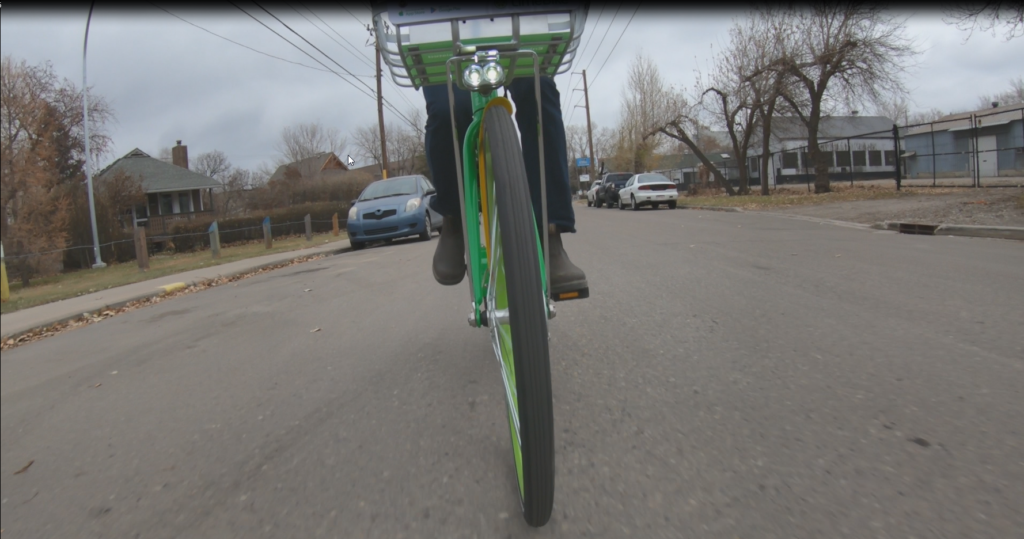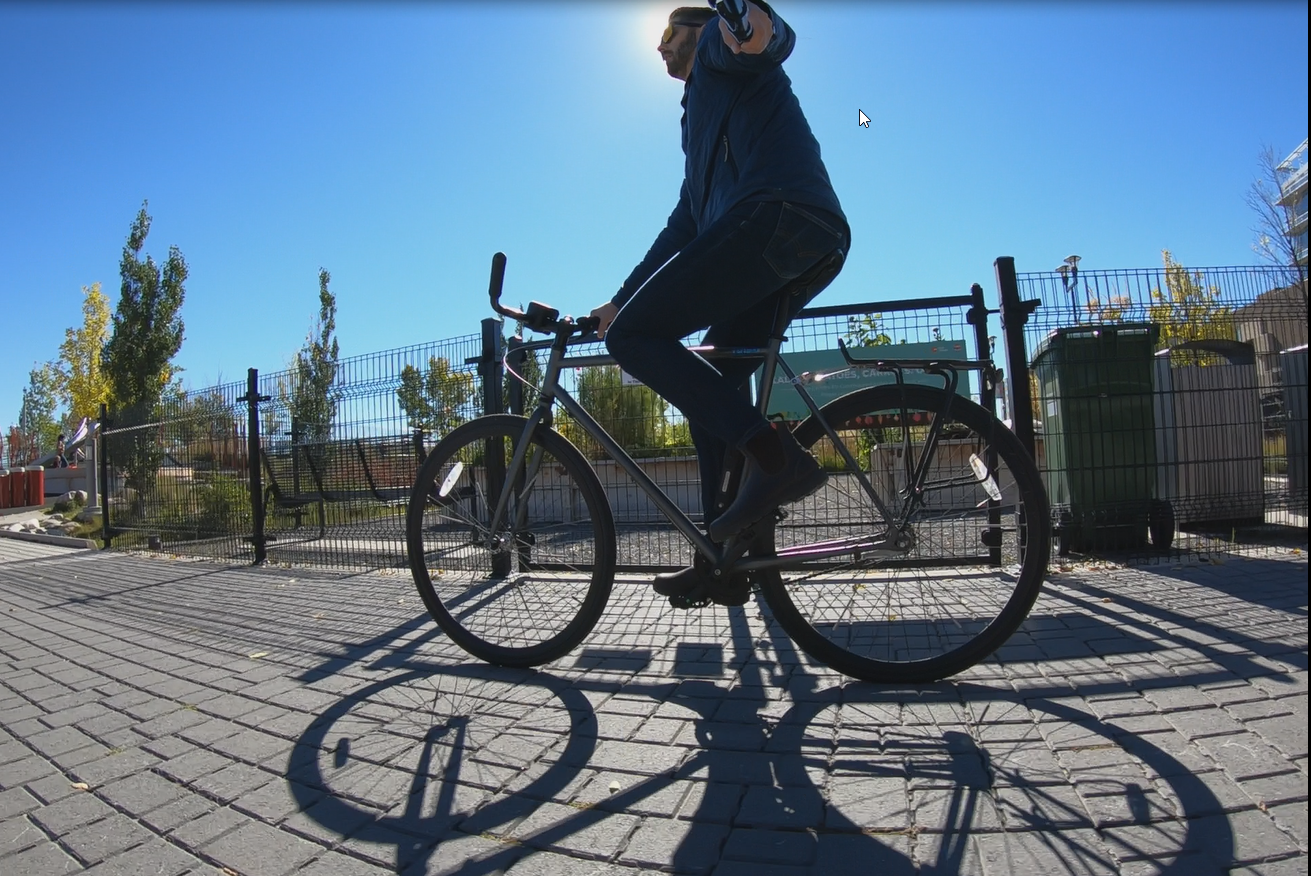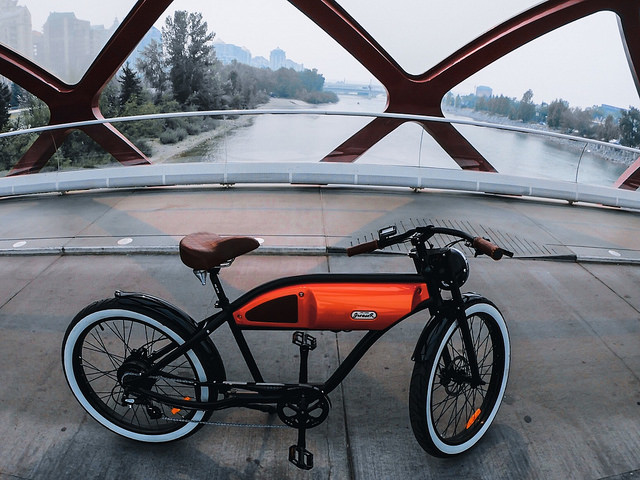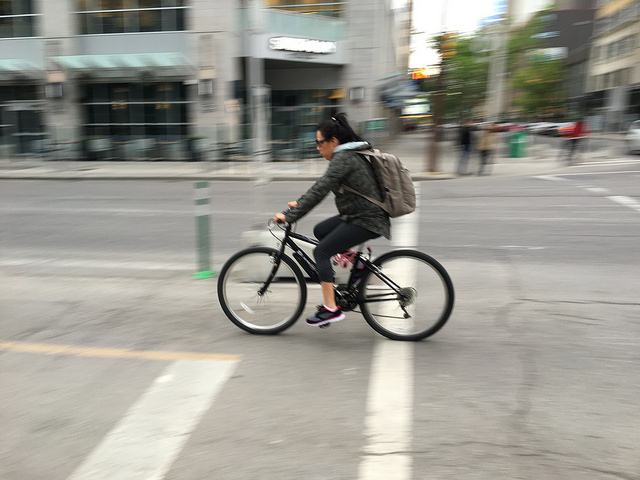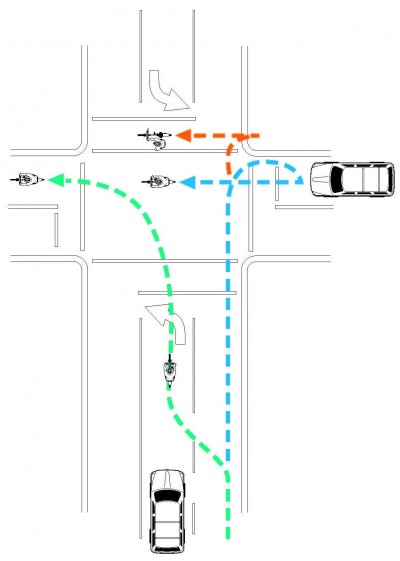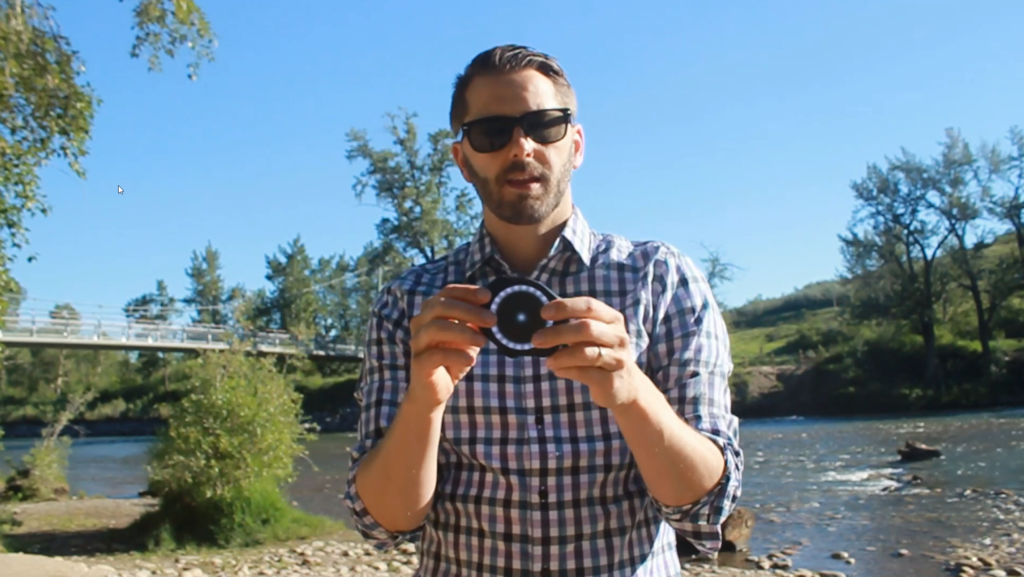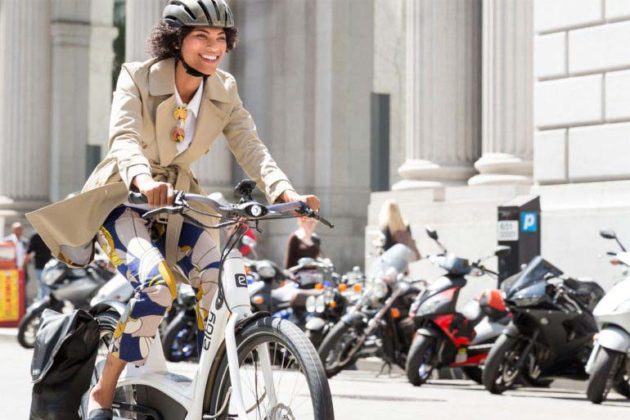
Cargo bikes can save a family money by reducing dependence on cars. Photo by thismombikes.net
“How much does one of those cost?”
As a committed rider of an electric-assist cargo bike that I use for all kinds of things, not least of which is pedaling my two kids to school every day, that’s a question I am often asked. And I get it. Cargo bikes are not cheap. As new parents initially looking at getting a bakfiets/long john-style cargo bike years ago, we scoffed at the price, especially considering that, after our first kid was born, we thought we might never be able to afford one. With a baby, a new mortgage, my husband taking a job in the public sector that came with a pay cut, and our decision that I would be a full-time mom, our financial situation had little room for extras.
But buying a cargo bike changed our life in all kinds of positive ways. So here’s how we managed to do it. For more details about our budget, check out the original version of this post at my blogThis Mom Bikes.
You need a budget
I need a budget, you need a budget. But, what we all really need is You Need a Budget.
YNAB (“why-nab”) and their philosophy of budgeting transformed us (the company isn’t paying me to say this, I just believe in the system). The system made sense and we made it work, prioritizing non-negotiables like mortgage payments, saving for a new roof, appliances, and purchasing decent food. There wasn’t much left (if anything!) for other categories; our booze budget was even a paltry $25/month for a long, long time, we had no personal spending money whatsoever for years. This opened up a dialogue on what we wanted to focus on in life: family, food, and bikes. It also motivated us to create space for these priorities.
Time is money
As a full-time parent that could not be more true.
While I wish that I could claim at least $35k per year as wages paid for childcare costs on my husband’s taxes for some of my time, fact of the matter is I can’t make money looking after my kids, but I can save money.
Biking with my kids is one way that I save money. Lots and lots of it. I have the time to use active transportation to get around and each kilometre that I walk or bike saves me $0.54: I self-propel myself (and my kids) on average 20 km per weekday, which translates to over $10/day, at least $50/week, or $200+/mth.
$200+ per month is a lot of money. It is for our single-income family, at least. My husband also rides to work almost every work day of the year, which saves us another $100+/month. None of these figures include the cost of parking.
That’s at least $3,600 per year for our family.
In one year that can buy you a very nice longtail plus accessories or even some bakfiets.
In two years that almost fully pays for a brand new electric assist super fancy Larry vs Harry eBullitt and it definitely buys you an amazing e-assist longtail.
These facts and figures do not even begin to address the money that we are saving the government in health care costs, alone, since cycle commuting has repeatedly been shown to provide huge benefits to physical health.
The money makes sense, but…
Fine, saving $3 600/year in family transportation costs is a lovely number on paper, but it is not cash in your hand so you still have to get ahead financially before you can buy the bike and really get ahead.
How do you reap those benefits if you are still stuck spending $0.54 per kilometre in your car? Maybe you:
- Have some savings you can tap into now that you see the numbers, it is a financially prudent decision, after all (not to mention good for your overall health and the environment).
- Are feeling brave enough to tap into retirement savings and take a hit there because you deem this to be a worthwhile move.
- Have a progressive employer that offers a health-spending account that you can use for active living costs, such as a gym membership or a cargo bike.
- Could start a program at your place of work that helps to support active transportation. For example, one reader wrote in to say her employer pays her $5 each day she comes to work without a single-occupancy vehicle as this encourages alternative modes of transportation.
- Could sell one of your two cars! Or even go car free.
- Could qualify for a financing option from your local bike shop.
- Are living paycheque-to-paycheque. This is pretty much where we were at so the way we saved was through budgeting, YNAB-style.
Slowly, but surely, things started to add up. Then I finally got a kijiji alert that there was a used cargo bike for sale in town for just over $1,000 and we had pretty much saved that amount. So, with a little bit of “rolling with the punches” and “borrowing” from our other longterm savings categories, we made the move and bought our first cargo bike. This has allowed us to save even more money by not using the car: the ultimate positive feedback loop!
A few years later we bought our second using the same principles.
Then our third. Which we added an e-assist to this past fall, enabling year-round cargo biking nirvana for us.
In between we sold our first longtail and bought another version that is lighter and easier for multi-modal use. And, now, we are ready to sell our second because we have found what works best for our family.
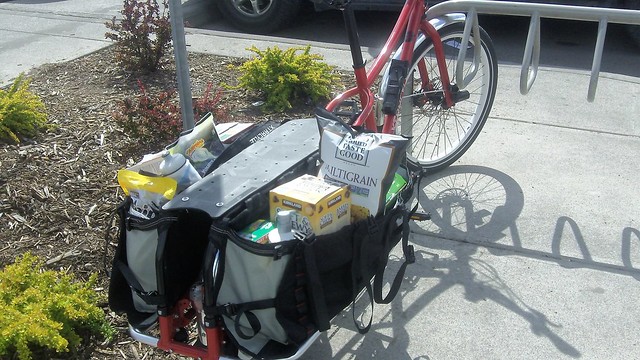
There are many different styles of cargo bike, and many can haul enough stuff to easily replace a car. Photo by Tom Babin.
Government and employment incentives
This transition would be so much easier for many families if the government would subsidize bicycles and/or e-bikes like they do electric cars.
Paris has got it right. Other cities, too.
Many employers offer perks like a gym membership, free parking, or transit passes. It would be wonderful if more employers were flexible in realizing that helping their employees invest in their health and city in other less ‘traditional’ ways would be amazing, i.e. a credit towards bike maintenance or purchase.
My privilege
I fully acknowledge that we are fortunate and while I really do believe in this style of budgeting even though it felt restrictive and socially isolating for us at first, I know that there are others in worse financial shape. Hopefully you are in a fortunate enough position that a little math on paper helps you make the paradigm shift to a car-light lifestyle!
Our annual car costs
In the spirit of full disclosure: We still own a car. A giant Honda Odyssey, in fact, which serves its purpose very well when we use it to get to the mountains for skiing, biking, or to visit family and friends, near and far. In 2017, it cost us about $3,000 to run (insurance, gas, maintenance), plus annual depreciation. The other aspect of our car budget is saving for the next one ($1,000/yr), saving for our next set of tires, and saving for bigger repairs down the road (our current car is fairly young but our last was ancient and required a lot of work so we learned our lesson).
This is an abridged version of a post that originally appeared on This Mom Bikes.Check out the original here.
